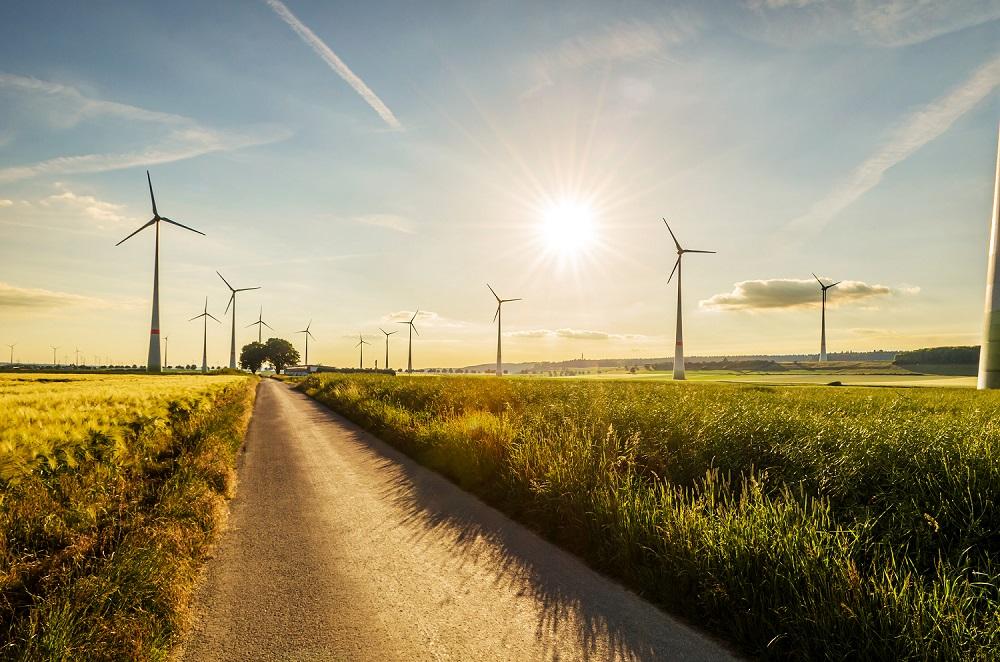Energy Transition Predictions for 2023

The energy sector experienced significant upheaval in 2022. The Russian invasion of Ukraine caused a surge in fossil fuel prices that subsequently escalated investments in renewables. At the same time, lingering supply chain issues and concerns about global inflation increased costs for new renewable energy projects.
While the momentum of energy transition slowed in 2022, experts at Deloitte observe that “drivers for renewable growth are some of the strongest the industry has seen, including competitive costs, supportive policies, and burgeoning demand.”
With so many variables at play, we wanted to take a moment to break down our observations and predictions for the state of energy transition in 2023.
The State of Energy Transition
Continued fallout from the Russian offensive
A fraught European fossil fuel market has already accelerated the process of energy transition on that continent.
In yet another blow to Putin’s power grab in Ukraine, the oil ban by the European Union (EU) took full effect at the start of December and triggered a 17% fall in Russia’s earnings from fossil fuel exports in the final weeks of 2022.
According to IEA Executive Director Fatih Birol, the ban is likely to have a long-term impact on the European energy market. “Energy markets and policies have changed as a result of Russia’s invasion of Ukraine, not just for the time being, but for decades to come.”
Additional bans and price caps by the EU and G7 will go into effect in the early part of 2023. The EU's energy chief stated, “European and G7 countries have secured alternative fuel supplies and can draw on their strategic oil reserves to mitigate the impacts of the upcoming sanctions and price cap on Russian refined products.”
New EU regulations will speed up energy transition projects
The European Commission, fresh from the scramble to urgently secure new fossil fuel supplies, enacted a temporary regulation that speeds up the permit-granting process for renewable energy projects. This move is designed to accelerate the green transition towards renewable energy and increased energy efficiency.
In addition to streamlining the permit-granting process EU-wide, the regulation set out more ambitious renewable energy targets and put in place measures to increase solar installations on buildings.
Funding will be realized for clean energy infrastructure
In the fall of 2021, The Bipartisan Infrastructure Deal (BID) was signed into law. The U.S. Department of Energy (DOE) received more than $62 billion to expand access to renewable energy through investing in programs that reduce energy costs and increase access to renewable-sourced power.
Over the course of 2022, frameworks were created to fund some of the largest projects.
Projects expected to be funded in 2023 include:
- $7 billion in funding to support the creation of a clean-hydrogen economy.
- $2.3 billion for states and tribes for power grid improvements, including modernization that supports renewable energy sources.
While many of the projects funded by this law are several years away from being realized (the DOE is set to roll out over 60 new programs across the next five years), there has already been movement on some existing programs, such as supporting the United States Geological Survey’s critical energy and mineral program, as well as boosting innovation and production of much-needed batteries to support more efficient renewable energy production and storage.
Supply chain issues will continue
Even as the aftershocks of the global pandemic are still being felt in ongoing supply chain issues, the surge in demand for clean energy is also putting pressure on manufacturers of renewable energy components.
While 2022 saw the greatest dollar value invested in renewable energy projects, that figure reflects higher material and component costs and not a wider expansion of renewable energy sources.
Manufacturing will see a boost in some regions
Manufacturing and supply chain go hand-in-hand. To reduce pressure on supply chains, the United States’ Inflation Reduction Act (IRA) is set to pour funds into increased domestic production of renewable energy materials and components.
According to a publication from the White House, the IRA "creates a new production tax credit for domestic manufacturing of components along the supply chain for solar modules, wind turbines, battery cells and modules, and critical minerals processing.”
Since this incentive is offered as both a tax credit and a direct payment from the IRS ahead of tax filing, it will have an immediate impact on manufacturing in 2023.
The Bottom Line for 2023
After many years of rather steady (albeit remarkable) forward momentum for energy transition, the energy sector landscape has shifted dramatically.
The financial impacts of global climate change are being felt more acutely, and both people and governments are aligned in calling for cleaner energy sources.
As we look across 2023, the funding and support for these projects are falling into place. By the close of the year, the world will undoubtedly be further down the path of energy transition.
About Antea Group
Antea®Group is an environment, health, safety, and sustainability consulting firm. By combining strategic thinking with technical expertise, we do more than effectively solve client challenges; we deliver sustainable results for a better future. We work in partnership with and advise many of the world’s most sustainable companies to address ESG-business challenges in a way that fits their pace and unique objectives. Our consultants equip organizations to better understand threats, capture opportunities and find their position of strength. Lastly, we maintain a global perspective on ESG issues through not only our work with multinational clients, but also through our sister organizations in Europe, Asia, and Latin America and as a founding member of the Inogen Alliance. Learn more at us.anteagroup.com.

